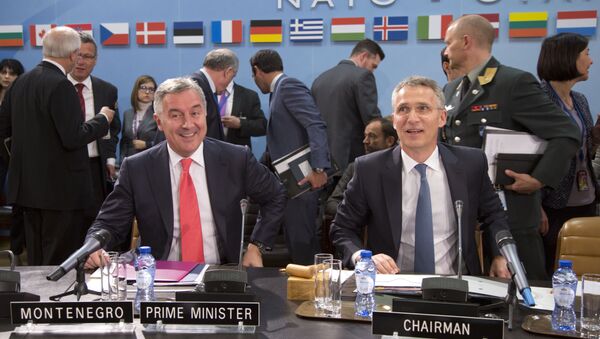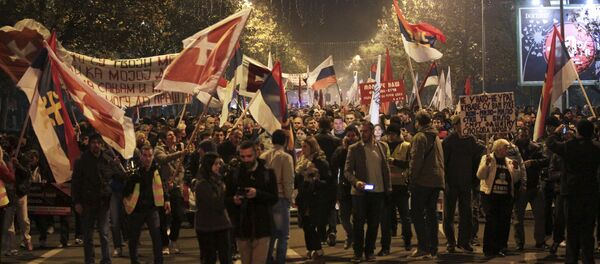NATO Secretary General Jen Stoltenberg said, in a pre-Atlantic Council press briefing:
"Following [the] ceremony, Montenegro will … participate in all NATO meetings as an observer, or 'Invitee'. Once all Allies have ratified the Protocol, Montenegro will become the 29th member of the Alliance."
Stoltenberg added that the move shows that "NATO's door remains open" – a long-running phrase used by NATO to defend its expansion, signing up the majority of the former Warsaw Pact nations it was formed to fight against in the Cold War.
Why is #NATO membership important to #Montenegro?https://t.co/hjPSjixb7U
— NATO (@NATO) 19 May 2016
Arriving before the meeting, Stoltenberg told reporters:
"This evening, we will review the state of our relations with Russia, and our assistance to our eastern neighbors. Our policy is clear. The two pillars of our engagement with Russia are defense and dialogue. Especially in times of tension, it is important to keep lines of dialogue open, and seek more transparency."
Build-Up of Forces
NATO has been gradually building up its forces in Europe for over a decade, but has recently undertaken a huge increase in its presence in the Baltic region and Eastern Europe. The NATO Response Force (NRF) was originally set up following the Prague summit in 2002 as a multinational force made up of land, air, maritime and Special Operations Forces (SOF) that could deploy quickly.
Since then, there has been a steady build-up of forces, particularly around Russia. NATO Allies decided to enhance the NRF in 2014 by creating a "Spearhead Force" within it, known as the Very High Readiness Joint Task Force (VJTF).
After today's signing of the Accession Protocol, #Montenegro will be represented at #NATO meetings. #ForMin pic.twitter.com/nulFavca8T
— Jens Stoltenberg (@jensstoltenberg) May 19, 2016
In November 2015, the leaders of Lithuania, Latvia, Estonia, Bulgaria, Hungary, Romania, Poland and Slovakia called for an increased NATO presence in Eastern Europe and the Baltic.
NATO is currently pondering – ahead of a major summit in Warsaw in July – stationing four battalions in Eastern Europe states.



